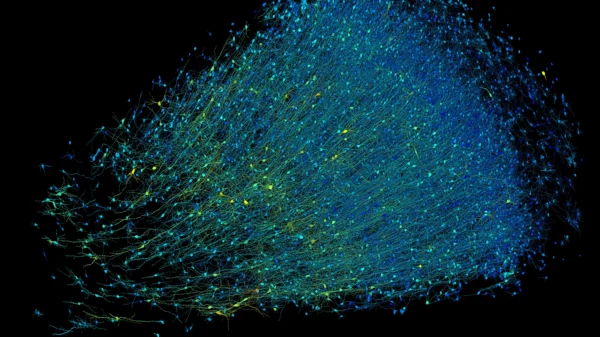Researchers at Trinity College Dublin, in collaboration with the Royal College of Surgeons in Ireland (RCSI), have achieved a significant breakthrough in bioimaging technology. Together, they have developed specialized fluorescent dyes that can change color, allowing the simultaneous visualization of multiple biological environments using just one dye.
These innovative dyes, when encapsulated in delivery vessels similar to those used in COVID-19 vaccines, activate through a process called “aggregation-induced emission” (AIE). This means that they emit light when they enter cells and are transported into cellular lipid droplets, providing valuable insights into cellular processes.
Using advanced imaging techniques like fluorescence lifetime imaging (FLIM), the research team can now distinguish between different environments within cells in real-time. This cutting-edge approach enables them to observe and differentiate between different states of the dyes, greatly enhancing their imaging capabilities.
Dr. Adam Henwood, the lead researcher, highlighted the significance of the dyes’ unique properties, which allow for improved visualization and differentiation compared to traditional “on/off” dyes. By emitting light at different times, the dyes enable precise 3D imaging of cellular structures.
The researchers focused their study on imaging cellular lipid droplets, which play a crucial role in cellular metabolism and lipid regulation. By providing high contrast and specificity, the dyes offer new opportunities for studying cellular processes and drug interactions.
Published in the journal Chem, this research opens up a wide range of potential applications for the dyes, including bio-sensing, drug development, and environmental monitoring.
Funding for the research came from Irish funding bodies such as the Irish Research Council (IRC) and Science Foundation Ireland (SFI). The collaboration between Trinity College Dublin and RCSI underscores the importance of interdisciplinary research in driving innovation in medicine.
Overall, the development of these fluorescent dyes represents a significant advancement in bioimaging technology, with promising implications for biomedical research and beyond.
















































